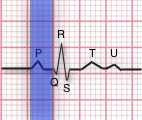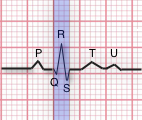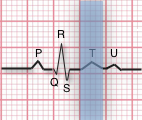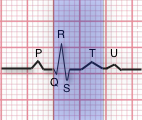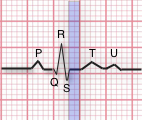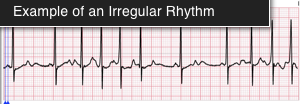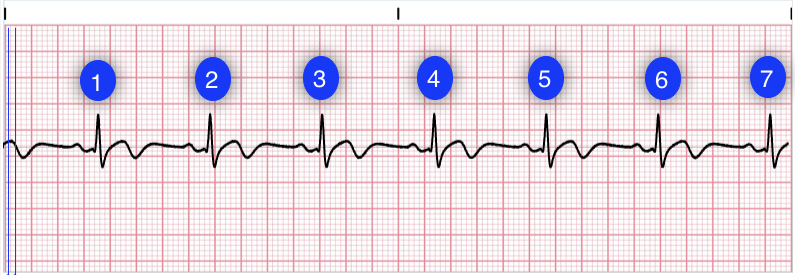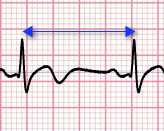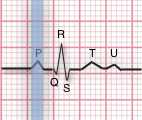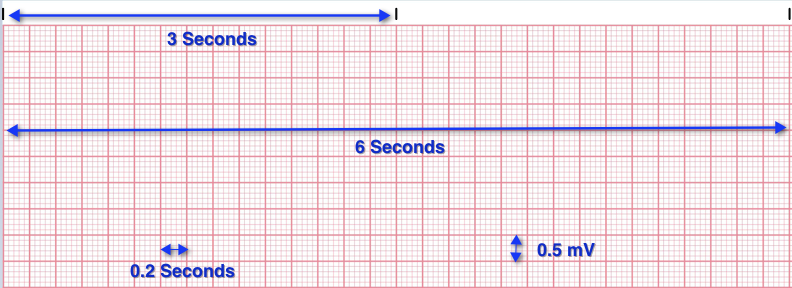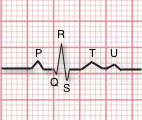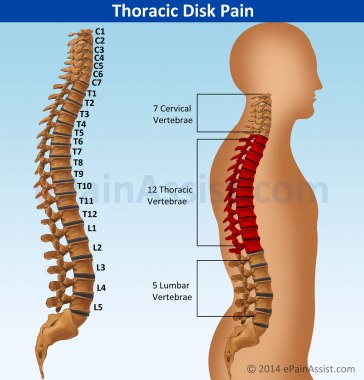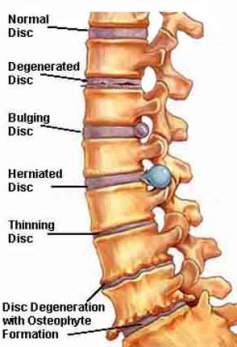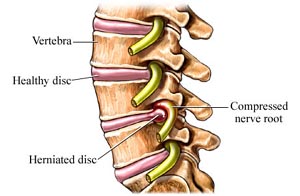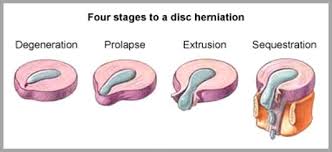AMA vs Medicare rules and the use of the PT modifier
By: Chris Woolstenhulme, QCC, CMCS, CPC, CMRS
Published: May 22nd, 2018
Be sure to review the specific payer policy you are submitting claims to. Medicare’s policy requires the use of a different code when a screening colonoscopy becomes a diagnostic procedure requiring you to bill with CPT code 00811 when treating a Medicare Beneficiary. The use of the PT modifier is also a Medicare rule, see information below from the WPS website.
With that being said, what I am saying is if the payer you are billing has a policy and the provider is contracted with that payer, the provider is obligated to follow the payer’s policy. AMA does indeed have guidelines, but a payer may have their own rules, and if so you need to follow the payer’s rules. A lot of payers follow CMS policies and rules such as BC, OPTUM, UHC…. In regards to reaching our to your payer, the claims department will likely not be of help, However, most providers are assigned a Provider Representative that is there for the provider and staff, you should know your large provider Reps by their first name.
The key is to UNDERSTAND the specific payer policies and the rules you need to follow for each payer. The AMA may have guidelines; however, your contract with specific payers may trump those guidelines. Find-A-Code has access to Commercial Payer policies you may be interested in; it is one of our most popular tools. You will improve your bottom line and ensure compliance if you have someone managing your contracts that can identify and understand the specific rules, as well as have payer policies easily available.
Don’t forget the date of Service, was the service done before particular codes went into effect? Rules may change with payers and you are expected to keep up with them and comply with the changes on the effective date of the change. In the case of an audit, payers will look at the contracts the provider has signed with them and expect compliance with their rules.
PT Modifier
Definition: A colorectal cancer screening test which led to a diagnostic procedure
Appropriate Usage:
When a service began as a colorectal cancer screening test and then was moved to diagnostic test due to findings during the screening. Practitioners should append the modifier to the diagnostic procedure code that is reported instead of the screening colonoscopy or screening sigmoidoscopy HCPCS code
Append to procedure codes in the range: 10000 to 69999
Inappropriate Usage:
Do not use the Modifier PT when the service began as a diagnostic procedure
On any other procedure outside the range listed above
References:
CMS Medicare Learning Network Matters Article MM7012
Note: The Medicare policy is that the deductible is waived for all surgical procedures furnished on the same date and in the same encounter as a colonoscopy, flexible sigmoidoscopy, or barium enema that were initiated as colorectal cancer screening services.
WPS – Government Health Administrators- Modifier PT Fact Sheet
As per CMS MLN- MM10181:
00811 – Anesthesia Diagnostic Colo (4 base units)
00812 – Anesthesia Screening Colo (3 base units)
Anesthesia services furnished in conjunction with and in support of a screening colonoscopy are reported with CPT code 00812 (Anesthesia for lower intestinal endoscopic procedures, endoscope introduced distal to duodenum; screening colonoscopy). CPT Code 00812 will be added as part of January 1, 2018, HCPCS update.
Effective for claims with dates of service on or after January 1, 2018, Medicare will pay claim lines with new CPT code 00812 and waive the deductible and coinsurance. When a screening colonoscopy becomes a diagnostic colonoscopy, anesthesia services are reported with CPT code 00811 (Anesthesia for lower intestinal endoscopic procedures, endoscopy introduced distal to duodenum; not otherwise specified) and with the PT modifier. CPT code 00811will be added as part of January 1, 2018, HCPCS update.
Effective for claims with dates of service on or after January 1, 2018, Medicare will pay claim lines with new CPT code 00811 and waive only the deductible when submitted with the PT modifier.
References:
